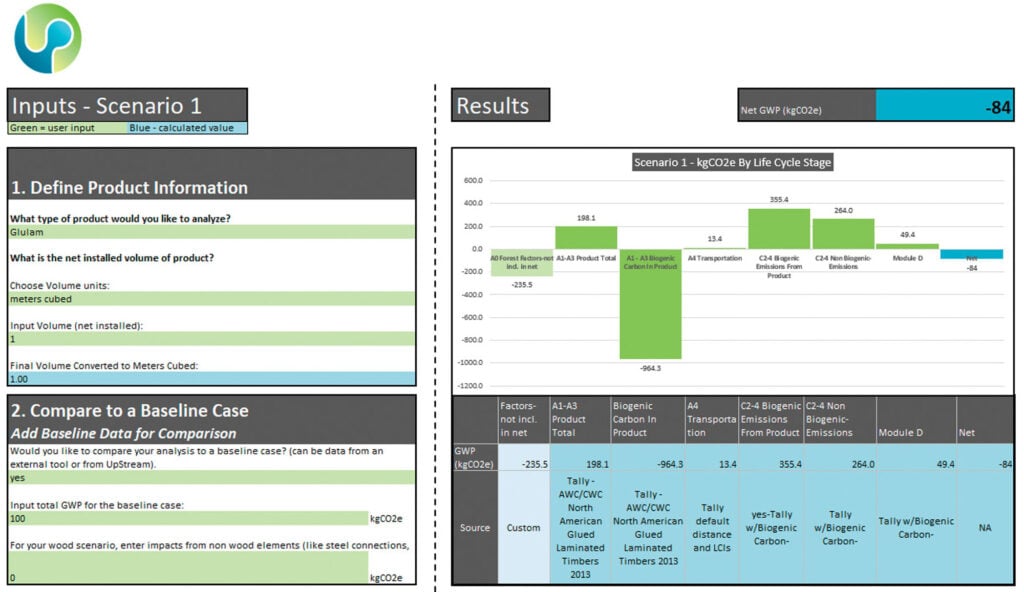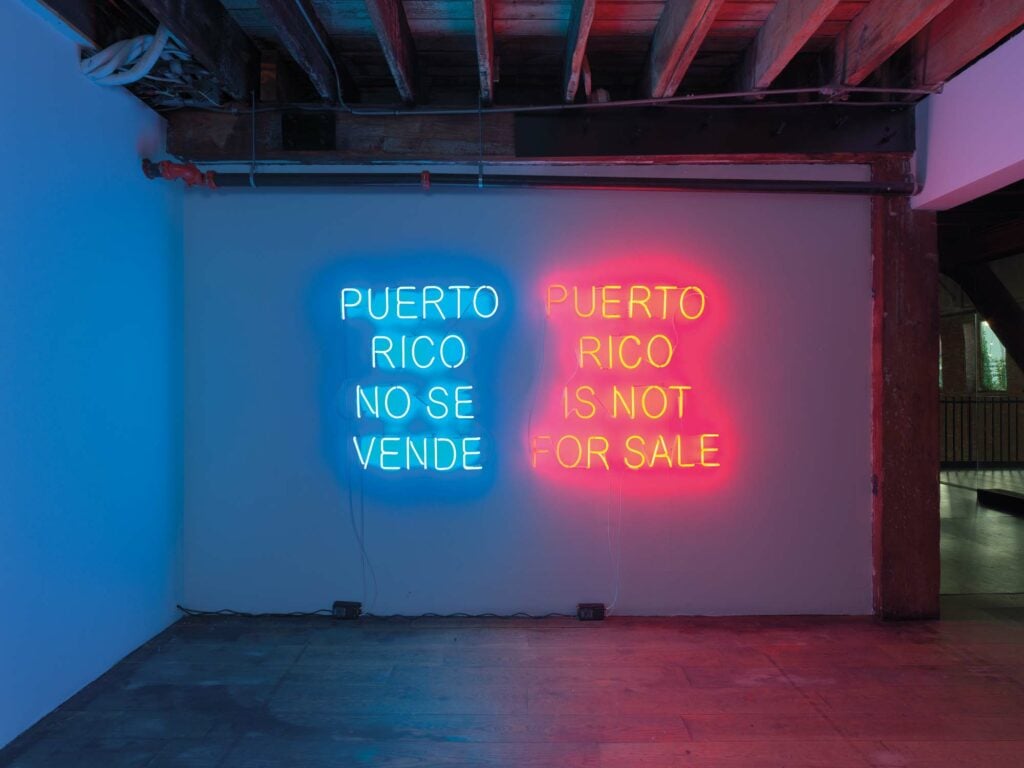
February 7, 2022
ZGF Architects Builds a Transparent and Inclusive Timber Assessment Tool
Disruption in technology is often associated with negative consequences like social disorder, environmental degradation, and economic marginalization. Facebook (now Meta) founder Mark Zuckerberg summed up this ethos with his early motto “Move fast and break things.” But disruption can also be beneficial. When done right, it can encourage health, wellness, efficiency, and equity. In that spirit, Metropolis is thrilled to share the winners of its first Responsible Disruptors program, honoring A&D technology projects that represent significant change for the better.
“The assumption that all wood is good doesn’t align with our goal of being leaders in the design community. We want to figure out which is the best and create a demand response for that in order to accelerate our mitigation of climate change,” says Jacob Dunn, associate principal at ZGF Architects. Dunn is part of ZGF’s Northwest-based team that created the UpStream Forestry Carbon & LCA Tool, in partnership with the University of Washington’s Applied Research Consortium. The free, open-source wood life cycle calculator—incorporating input from design experts, researchers, and environmental advocacy groups—was launched to the public in beta mode in August 2021 to provide designers, engineers, and contractors with a clearer and more comprehensive way to evaluate the carbon impacts of their wood-based material choices.
ZGF first recognized the need for a resource like UpStream when working on an expansion of Portland International Airport’s main terminal. As designers were developing the mass timber roof, Dunn explains, “we went down different sourcing rabbit holes to understand the impact of sustainable forestry.… It was very laborious.” ZGF determined it needed to standardize its working process while addressing the nuanced scenarios specific to individual projects and to the variability of wood itself.
UpStream provides a comprehensive view of wood’s carbon footprint by comparing different biogenic carbon storage assumptions, forest carbon sequestration factors, and custom end-of-life scenarios using multiple data sets. “An existing tool might offer a checkbox to include biogenic carbon or not, but that was too simplistic,” explains Marty Brennan, ZGF associate principal. “We wanted to be seeing what was happening under the hood of those calculations.”
UpStream’s data integration also enables users to have a more transparent understanding of product sourcing. “This tool has allowed us to have deeper conver-sations about diversity and equitable sourcing,” says Dunn. “We don’t want to just focus on [western Oregon] forests as the main carbon sequestration engines and leave out the east side [of the state], which is dealing with overstock forests that are catching on fire.”

Would you like to comment on this article? Send your thoughts to: [email protected]
Related
Viewpoints
Grace Farms Foundation Holds Third Annual Design for Freedom Summit
Industry leaders gather to discuss topics from ethical decarbonization to ways to eradicate modern-day slavery in the materials supply chain.
Viewpoints
The Landscape Architecture–AI Buffer Zone
How long can the idiosyncrasies of landscape architecture keep the promise and peril of artificial intelligence at bay?
Viewpoints
Finding Beauty in Climate Futures
Five recent exhibitions, books, and initiatives highlight utopian visions of design that leaves a positive impact on the environment.





